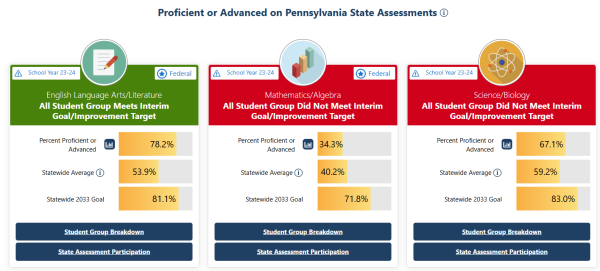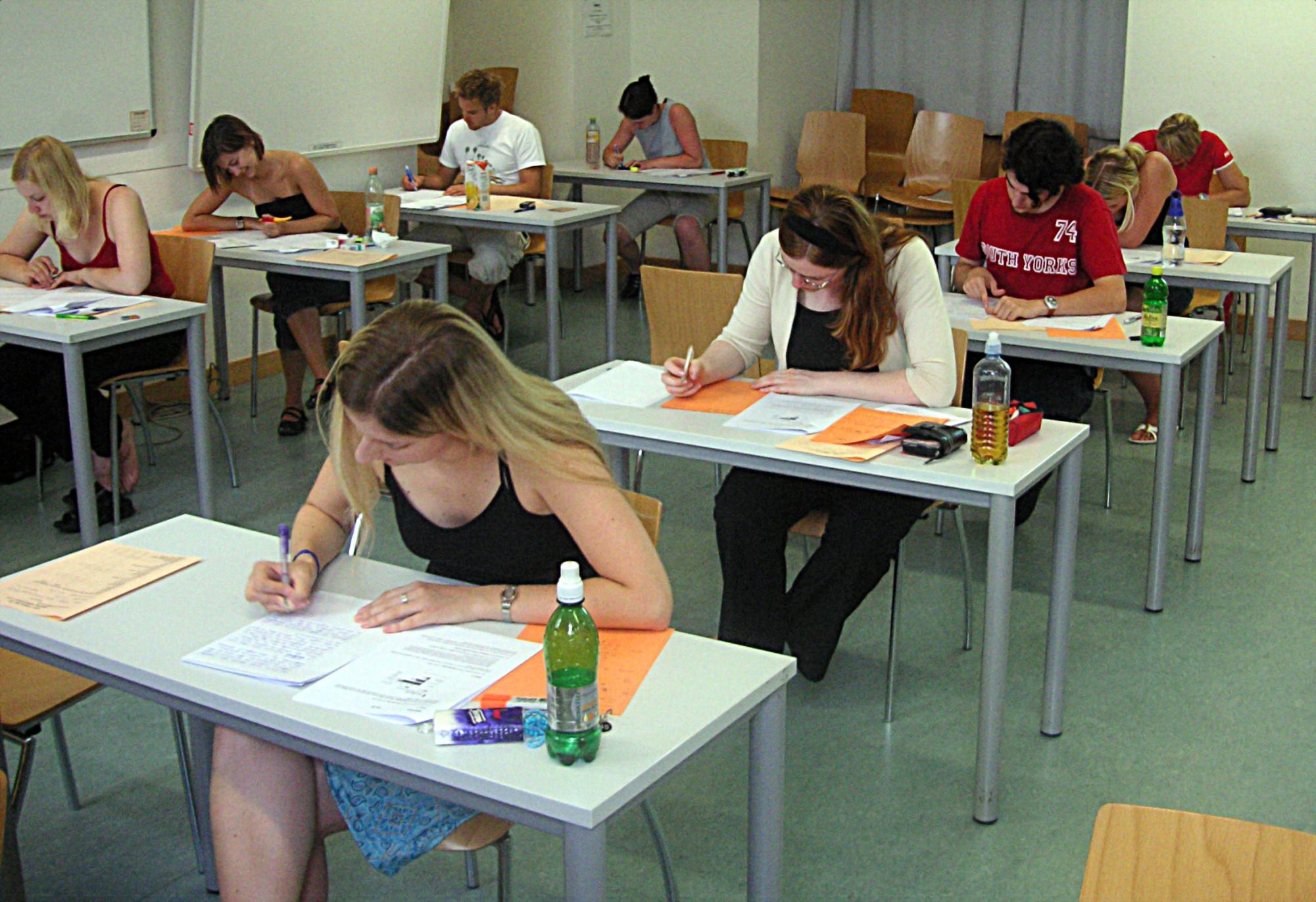Millions of students sit down, open their devices or testing books, and think in silence for hours straight. They are taking the standardized assessments presented to most students across the United States each year.
To understand the modern situation, the origins of standardized testing (information about which is provided by the National Education Association) need to be considered. Throughout the 1800s, teachers and schools used assessments to monitor student understanding of concepts. Their implementation aimed to help the school make decisions around instruction requirements. In 1890, the idea of standardized college exams was introduced.
In the early 1900s, standardized assessments became much more popular. More schools began to use standardized tests to highlight areas students needed more instruction in. Eventually, both the United States military and colleges began to use standardized tests to determine how qualified people were to join.

The explosion of standardized assessments distributed by states occurred in 2002 with the No Child Left Behind Act (NCLB). Under this act, schools were required to test for reading and math proficiency in grades three through eight, and once in high school. The results from the assessments determined a school’s Adequate Yearly Progress (AYP), which changed how the government was involved with the school. For schools that met their AYP threshold, they would receive funding as normal. However, if a school failed to meet its AYP marker for two consecutive years, students would be allowed to transfer to a better-performing school within the district. For three missed years, the school would have to offer free tutoring services to students. A greater number of years missed could have led to a state takeover of the school, the transformation of the school into a charter or even the school being shut down.
Eventually, the No Child Left Behind Act was replaced. In 2015, then-President Barack Obama signed the Every Student Succeeds Act (ESSA) into law. Now, schools are required to inform parents of test opt-out options, the amount of time spent on testing is capped and Adequate Yearly Progress is removed. While the consequences for schools changed, the testing requirements stayed the same.
This brings us to today. In Pennsylvania, the traditional pathway for graduation requires proficiency in the three Keystone Exams- Algebra I, Literature and Biology. A total of six days is spent on these exams; two days each.
However, the assessments’ true abilities to measure student ability are questionable.
There are several factors of a student’s life that these assessments do not or are unable to account for. The first is the stress these assessments cause. When worried about passing with a high enough score to graduate, students lose focus on the texts, diagrams and questions they have to work through. The National Library of Medicine associates testing anxiety with lower scores on reading comprehension assessment: “In general, the literature indicates a negative relation between test anxiety and academic test performance (Hembree, 1988; Seipp, 1991).”
Another factor to note is that not all students perform well with multiple choice questions, which is what the PSSA and Keystone Exams are mostly composed of. If students do not have strong test-taking skills with multiple choice questions, then it can be difficult for them to work out poorly written questions, which are fairly common. A 2023 paper by Greg Yampolski, published to the Rutgers Graduate School of Education blog, analyzed the history of multiple-choice questions, their benefits and their limitations: “…many researchers discourage the use of MCQs, arguing that they promote memorization and factual recall and do not encourage (or test for) high-level cognitive processes (Airasian,1994; Scouller, 1998)… One of the biggest problems with [multiple choice questions] is that they can often test students’ test-taking ability rather than their understanding of the topic.”
Aside from school-related effects, there are also factors within a student’s personal life that can lead to lower focus and worse scores on a standardized test. Mental health issues clouding the mind and illness bringing nausea to the stomach are among a few different problems that could take someone’s mind off a test. Some are unable to focus on the test if they are worrying about vomiting on their testing booklet. Students may also have mental differences like ADHD, which about 11.4 percent of children aged three to 17 have a diagnosis for according to the CDC, which can make it hard to complete tasks sitting still in a chair in a room where you could hear a pin drop.
While all of these issues are present on the day of testing, the problems caused by standardized testing seep into the rest of the school year. Oftentimes, teachers feel the need to “teach to the test,” a phrase meaning to teach the standards in the way that will be presented to them on the day of the assessment. This mindset testing creates results in many opportunities for engaging and interesting lessons to be overlooked. Instead, teachers become focused on making sure students memorize formulas, strategies and processes through direct, lecture-like instruction and notes.

On the 2024 spring Keystone exams, Susquehannock had 78.2 percent of literature exam takers score proficient or advanced. 33.4 percent of Algebra I exam takers and 67.1 percent of biology exam takers scored proficient or advanced the same year. Due to the low scores on the math exam, the math department decided all geometry students would participate in an algebra remediation unit that lasted until Keystone re-testing occurred in the fall. This took time away from what could have been more of an in-depth focus to geometry content, but was necessary in order to fill in the knowledge gaps that would make future math concepts more difficult to grasp.
For those still arguing that schools and teachers need to be held accountable for the successful retention of student knowledge, alternatives to standardized assessments are recognized by many sources, like the University of the People. It recognized several alternatives to the traditional assessment, like gamified checkpoints, such as Gimkit or Kahoot, student portfolios with a collection of different projects or works and multiple measures, including graduation rates and regular test scores.
When considering the different aspects of testing, what is overlooked, and how it impacts the type of learning students experience, one has to wonder if all of the testing is really worth it.









